We may earn money or products from the companies mentioned in this post. This means if you click on the link and purchase the item, I will receive a small commission at no extra cost to you ... you're just helping re-supply our family's travel fund.
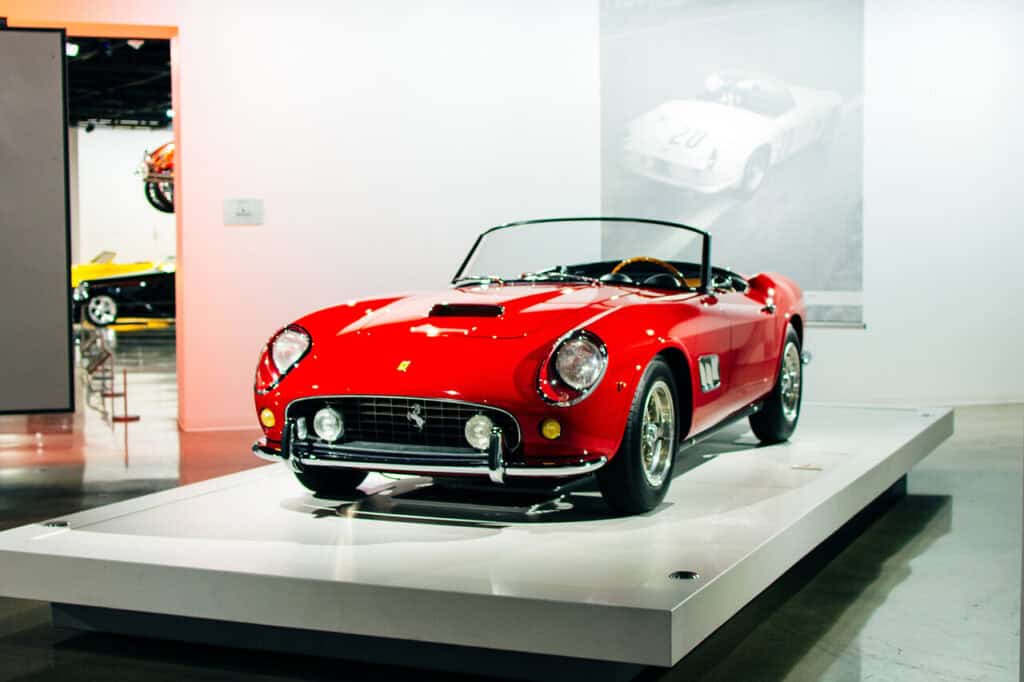
You know how some road trips become about more than the destination where the stops you didn’t plan turn out to be the best part. If you love cars, design, or engineering, make room on your map for museums that speak to how the automobile shaped culture, technology, and even community. From motorsports legends to electric pioneers, there are places in the U.S. where each hood, grille, and turn-signal tells a story. These 11 car museums are worth detouring off the highway they offer more than shiny chrome. They offer perspective.
1. Henry Ford Museum of American Innovation (Dearborn, Michigan)
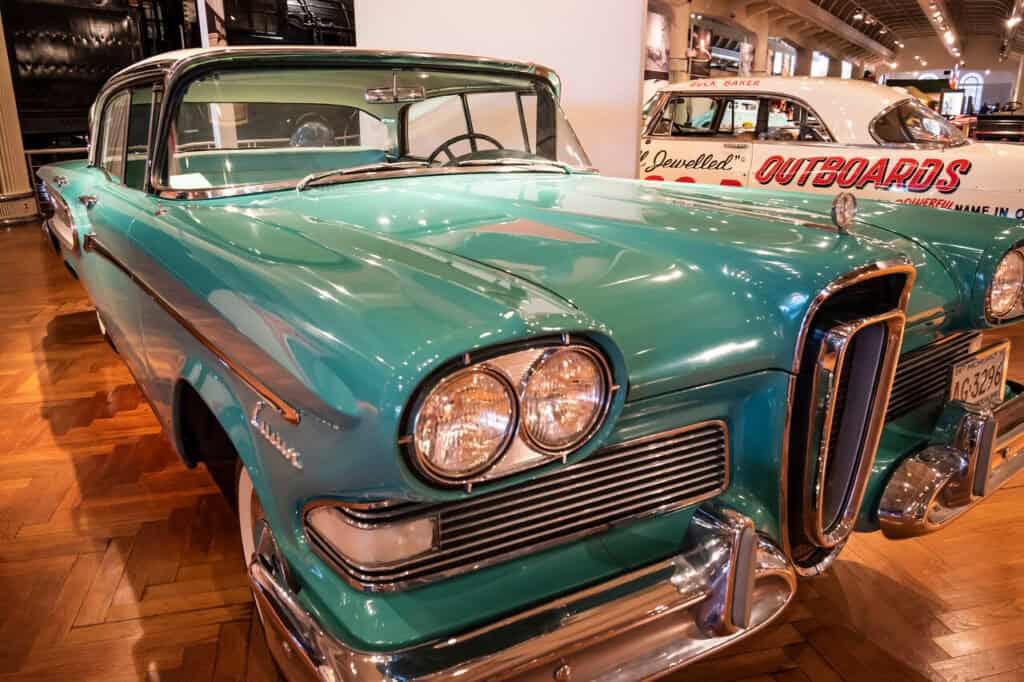
When you pull up at the Henry Ford complex, you get more than classic cars; you get immersive history. The museum combines a massive indoor collection with outdoor exhibits in Greenfield Village. Imagine standing next to the vehicle where Rosa Parks made her stand, seeing Abraham Lincoln’s chair from Ford’s Theatre, or watching how motion changed everyday life via the assembly line. They display early automobiles like the Model T, but they don’t stop there. You’ll see how machinery, energy, innovation, transportation all intersect. If you’re into how cars changed lives not just how they look this place delivers. It’s big enough that you’ll want at least half a day, maybe more, to soak in the stories behind the steel.
2. Petersen Automotive Museum (Los Angeles, California)
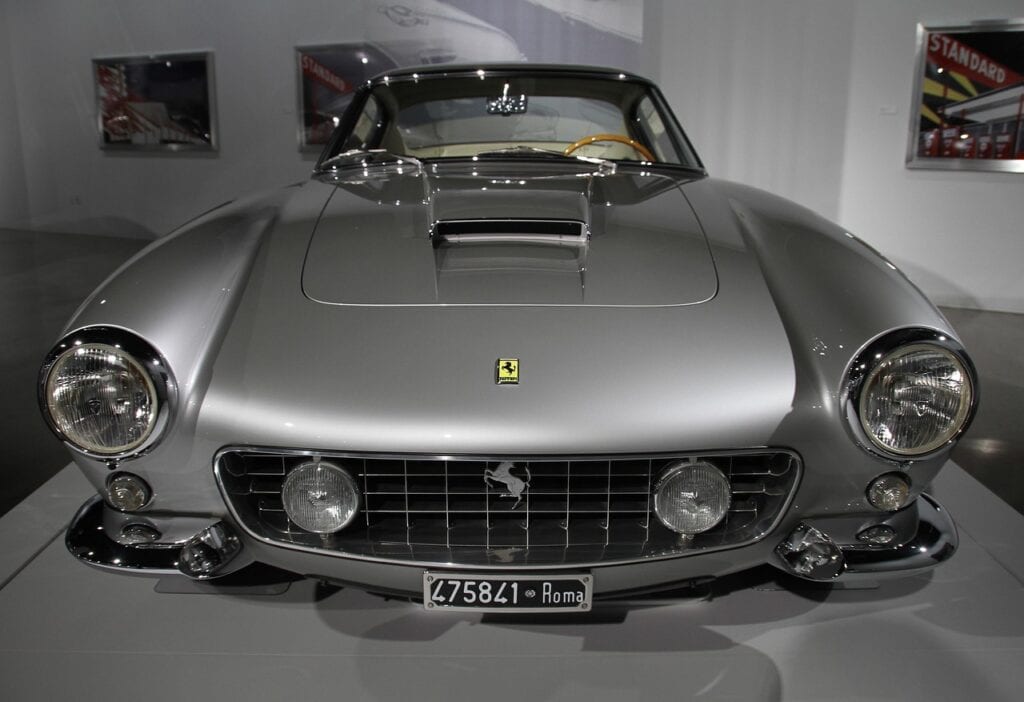
If design and spectacle grip you, the Petersen in L.A. is built for that. The building itself draws attention with its dramatic façade and bold architecture. Inside, you move through themed galleries: artistry, engineering, performance. On display are everything from Hollywood stars’ cars to rare concept vehicles, hot rods, motorcycles, customs. The “Vault” downstairs holds ever-rotating exhibits of rare pieces, often not visible elsewhere. Beyond display, the Petersen excels at tying cars to culture: film, race, technology. And since it’s Los Angeles, it’s not just about cars; it’s about identity, about what driving meant in Californian dreams and American movie dreams. If you’re willing to explore, you’ll see why this museum doesn’t feel like a stop; it feels like an event.
3. National Corvette Museum (Bowling Green, Kentucky)
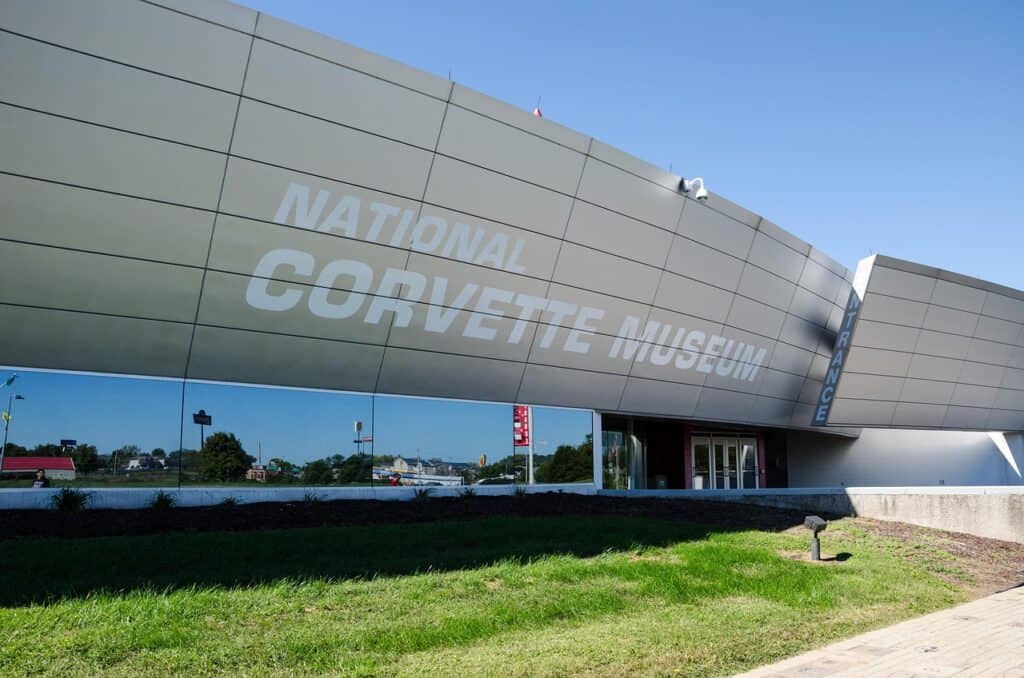
This museum zeroes in on one American sports car legend: the Corvette. Walking through it, you’ll trace Corvette’s evolution from its beginnings in the early 1950s to modern models and concept machines. But it’s not just about pretty curves: the museum also offers immersive experiences, like plant tours where the Corvettes are built. You’ll get engineering insights what has changed, what remains iconic. They’ve turned dramatic moments into learning opportunities (yes, including that famous sinkhole that swallowed several Corvettes, part of their story now). And the setting in Kentucky gives you that blend of hands-on automotive heritage and Southern charm off the main interstate.
4. LeMay – America’s Car Museum (Tacoma, Washington)
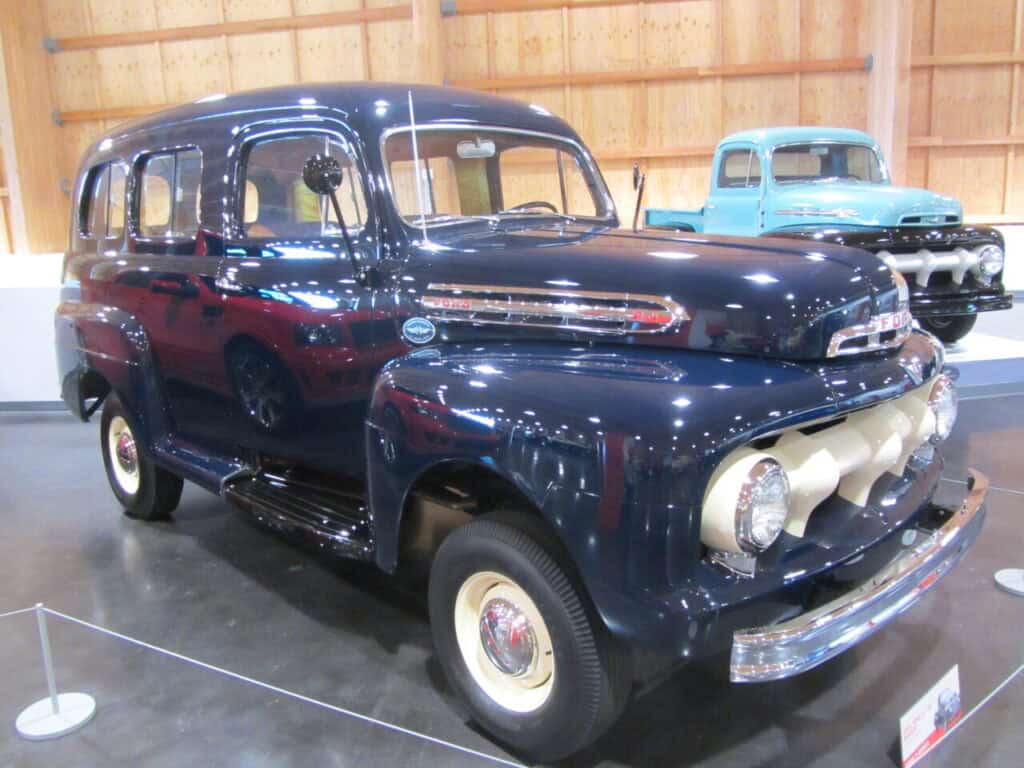
In Tacoma you’ll find LeMay – America’s Car Museum, born from Harold LeMay’s massive private collection. The facility is vast 165,000 square feet, packed with about 350 cars, each chosen not only for its mechanics but for what it represents. You’ll see exhibits on speed, design, and car culture, plus rotating themes that shift what you notice: perhaps early electric cars, perhaps racing beasts, perhaps design experiments. Outside, there’s space for car shows and gatherings, so you might hit it when something special is on. The setting by the water, with views, makes the visit more than just looking; it feels like you stepped into a canvas of automotive love, one with stories as much as vehicles.
5. Indianapolis Motor Speedway Museum (Speedway, Indiana)
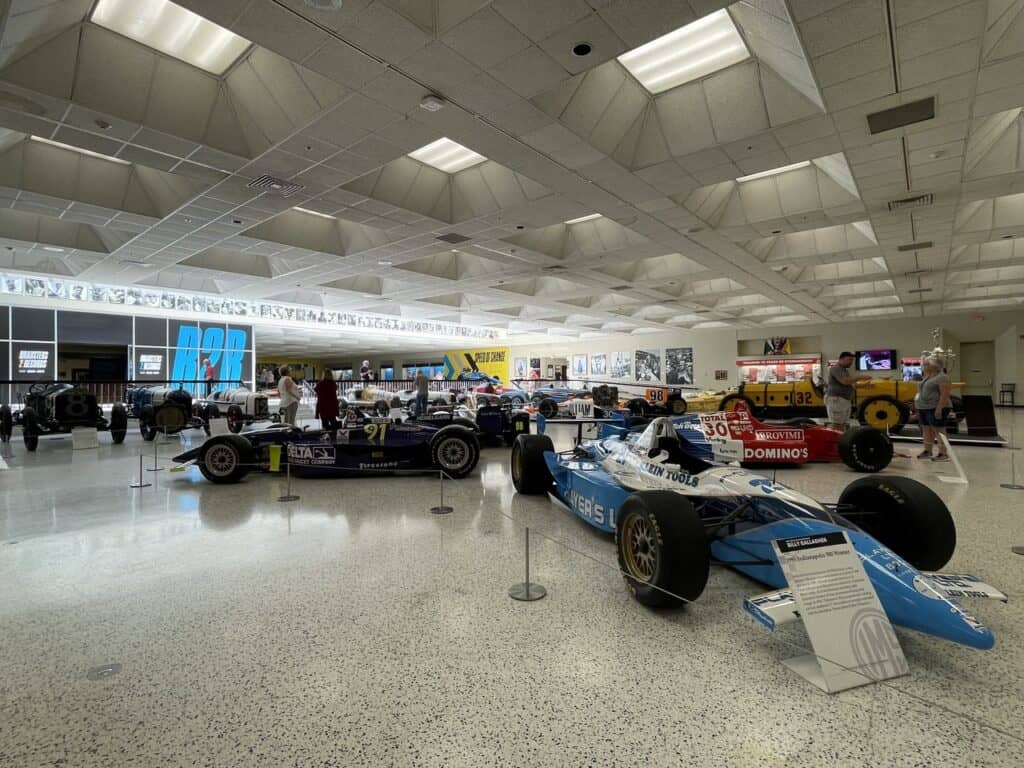
If racing pulses through your veins, this is a stop that adds depth. Situated in the grounds of the famed Indianapolis Motor Speedway, this museum preserves the legacy of the Indy 500, among other motorsports tales. You’ll see winning cars, pace cars, gear, artifacts that map centuries of speed and innovation. There’s the thrill of hearing about how cars raced here, how technology and safety evolved, how tracks changed. It’s not just about horsepower; it’s about the people, the danger, the engineering trade-offs. Recently renovated, the museum bridges past and future so you feel the roar under the hood and the risk behind every lap. Even if you never pit stop at a race track, this place gives you the energy.
6. Gilmore Car Museum (Hickory Corners, Michigan)
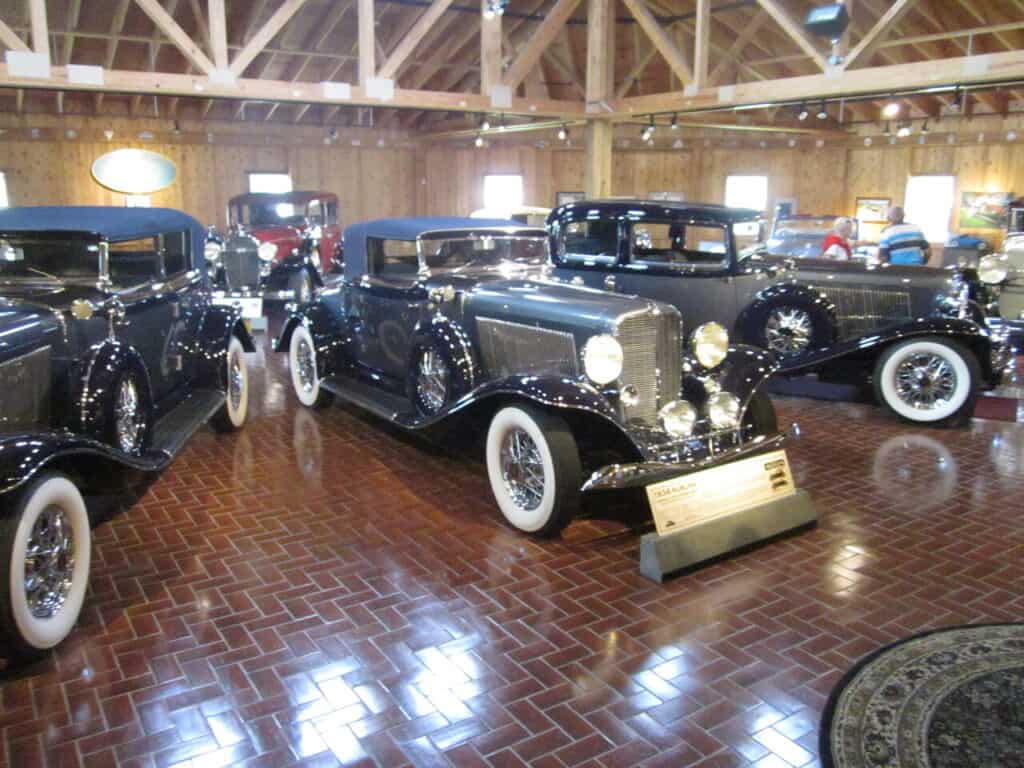
Gilmore is like a miniature world of car history spread across vintage buildings, with over 400 vehicles, motorcycles and automobilia. What makes it special: it’s not just one museum, but several partner museums on one campus. You get Lincoln heritage, Cadillac & LaSalle, Franklin, Pierce-Arrow, Model A Ford, and more. Because of that variety, you can witness different eras, different philosophies of car design, different social eras early-20th century horsepower, roaring twenties elegance, postwar muscle. It also has period architecture, old gas stations, neon signs; it’s a full sensory dive into the eras. If you need a break from highways, this kind of place slows you in a good way.
7. Studebaker National Museum (South Bend, Indiana)
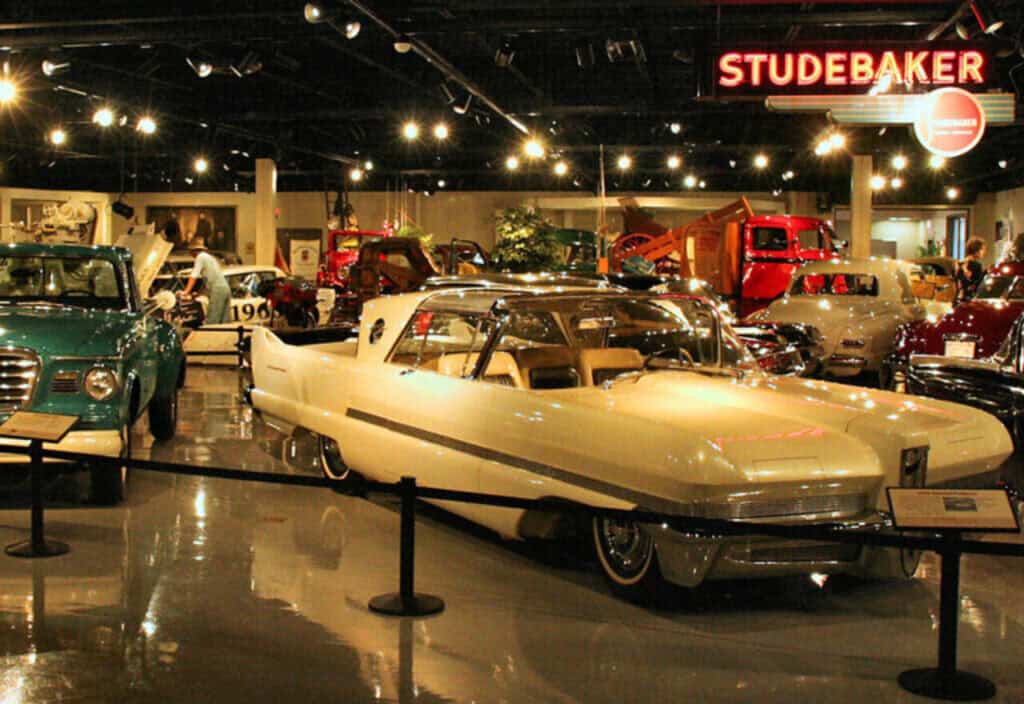
There’s something meaningful about a museum focused on a specific maker, especially one with quirks and deep roots. Studebaker began with wagons, moved into cars, tractors, military vehicles. At South Bend you’ll trace all that evolution. The displays span from antique wagons to sleek mid-century cars, plus military equipment. What’s great is the layout: early periods have their space, later decades theirs; you see how designs, materials, engineering changed. If you want to understand how a firm adapts, how style shifts, this museum gives you that. Smaller than some of the giants, but quieter, more focused, and in many ways more intimate. It rewards curiosity.
8. Antique Automobile Club of America (AACA) Museum (Hershey, Pennsylvania)
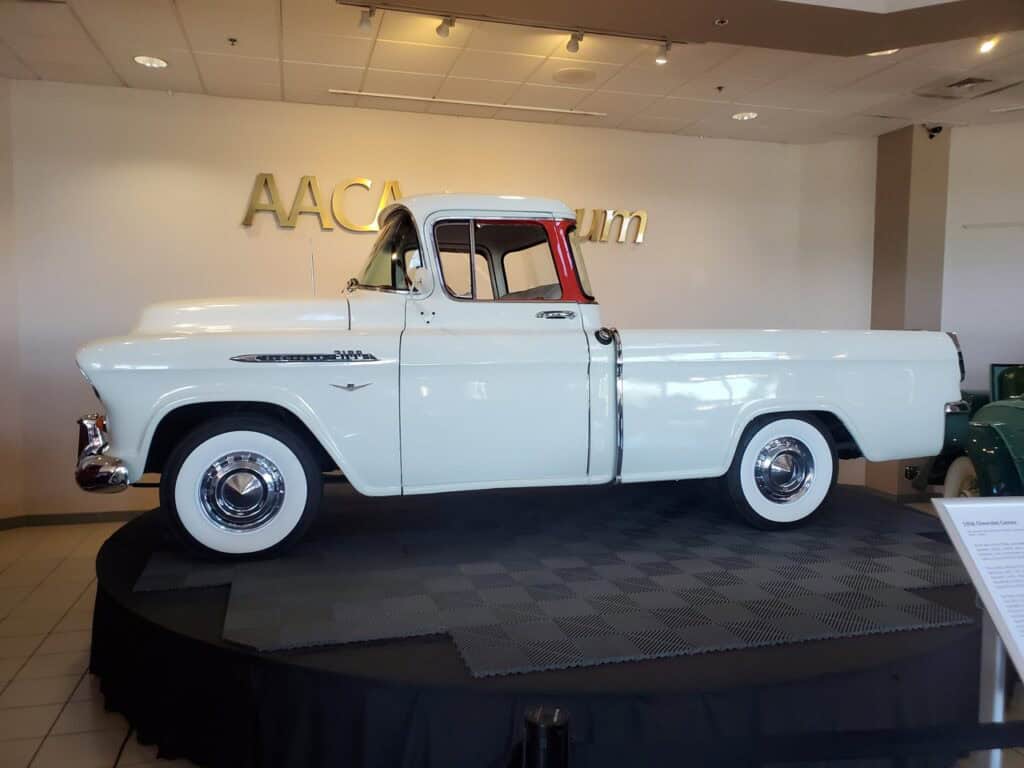
Here you’ll walk through time. The AACA Museum doesn’t overload you with every shiny car in existence rather, it picks vehicles with stories, set into period settings. There’s a recreated turn-of-the-century machine shop, 1940s gas station, a Route 66 drive-in scene. More than 130 cars, plus motorcycles, buses, collectibles. Special strength: the Tucker automobiles (world’s most extensive collection of Tuckers). For you, that means seeing ambitious engineering from small firms, cars you rarely see otherwise. It’s quiet, it’s thoughtful. Good food nearby, pleasant roads to get there. On a car-oriented road trip, a stop makes you appreciate what people were trying, even when the market didn’t always reward them.
9. National Automobile Museum (Reno, Nevada)
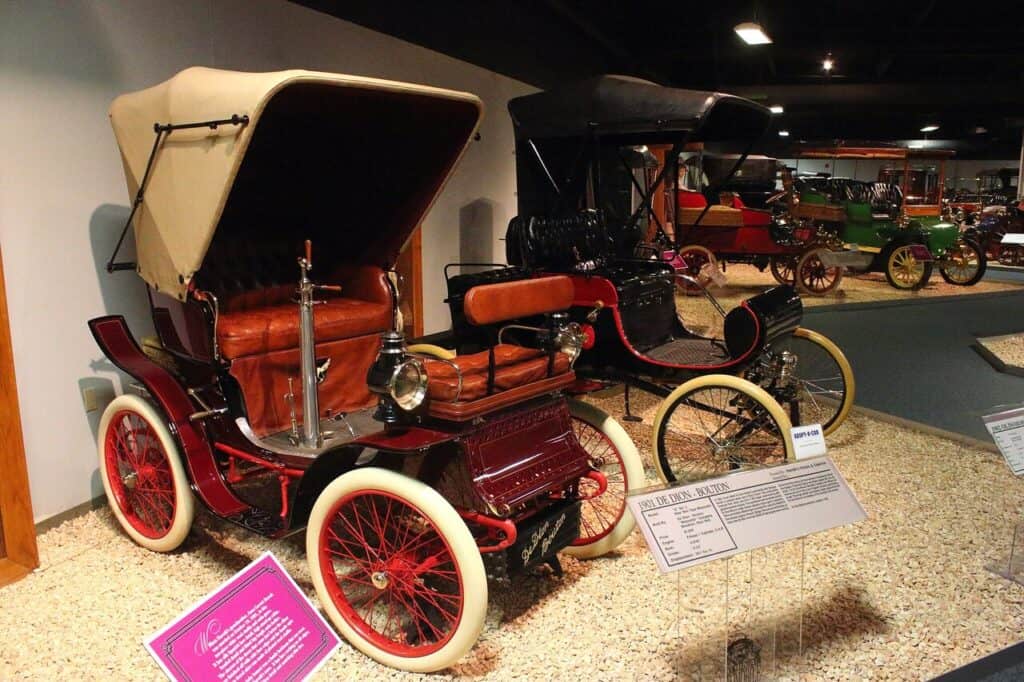
Reno’s museum offers a collection of over 200 vehicles, many impeccably preserved, that span more than a century of automotive evolution. It includes rare classics, cars once owned by celebrities, custom-built showpieces. What draws you here is variety + context: these aren’t all muscle cars or race cars- some are luxury, some domestic, some European import, reflecting America’s love affair with cars from everywhere. Plus Reno itself makes the stop worthwhile; great scenery, desert landscapes, and history of a kind. If you’re traveling the West, this museum gives you a break from the usual and brings in craftsmanship, elegance, nostalgia-not just power.
10. Lane Motor Museum (Nashville, Tennessee)
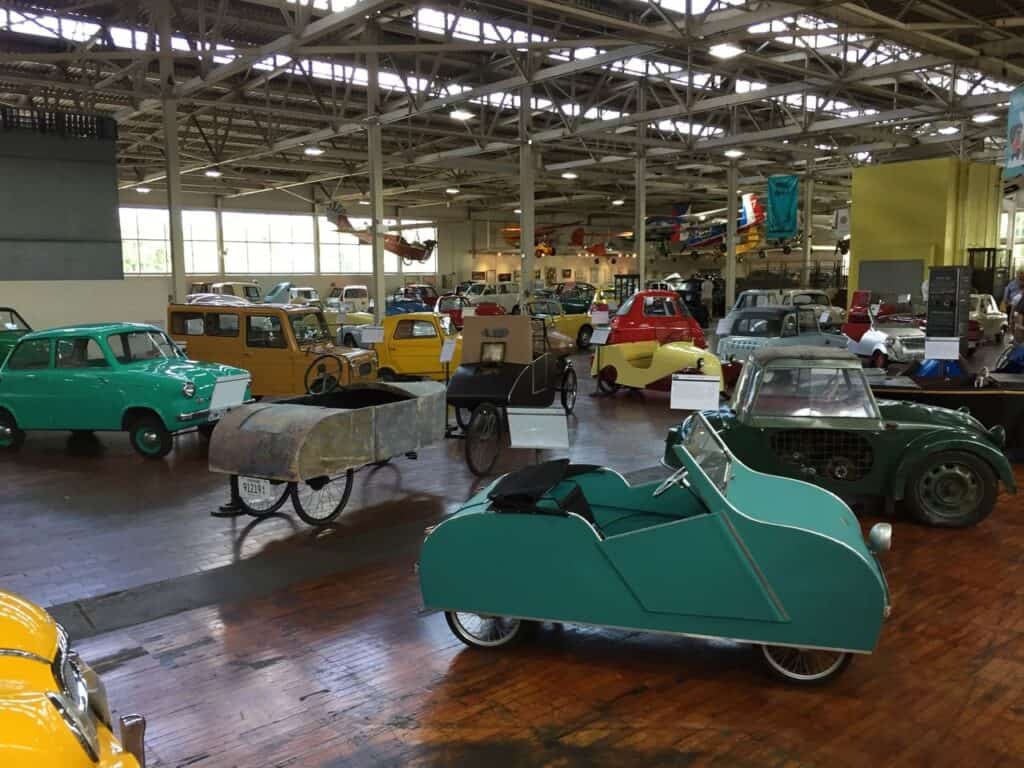
If you want the unusual, the quirky, the oddball engineering, Lane is your kind of museum. The collection includes obscure European marques, prototypes, and cars you won’t see at the average car show. They often have things like rare microcars, region-specific oddities, even once-experimental vehicles. The museum emphasizes design and mechanics, not just shine. It gives you a chance to see what happens when engineers try different paths; not always successful, but memorable. For someone writing down memories rather than just checking boxes, Lane offers surprises at every turn.
11. Mullin Automotive Museum (Oxnard, California)
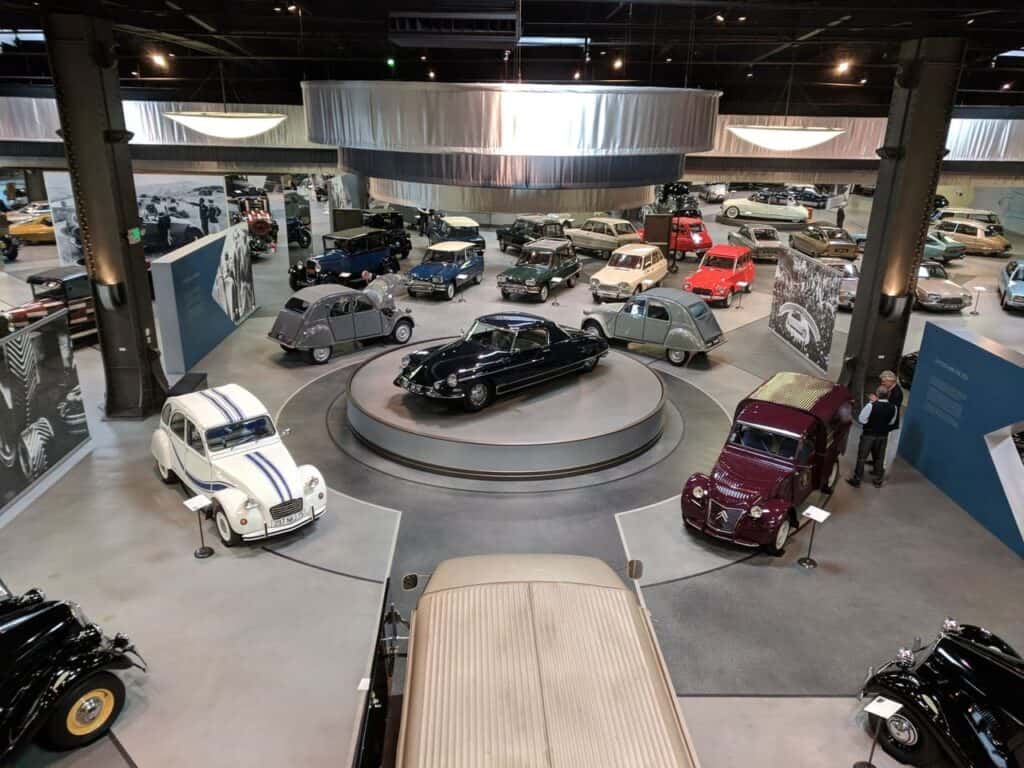
If you’re drawn to elegance and craftsmanship, the Mullin Automotive Museum is pure artistry on wheels. It focuses on French cars from the early 20th century names like Bugatti, Delahaye, Voisin, and Talbot-Lago each one restored to breathtaking precision. The museum’s space feels like a gallery more than a garage, with sculptures, furniture, and art deco pieces that set the tone for its rolling masterpieces. You’ll see the sweeping lines of pre-war coachbuilding, learn how aerodynamics and luxury once danced together, and realize how cars can be sculpture as much as machinery. The Mullin doesn’t overwhelm you with volume; it moves you with beauty. It’s one of those quiet stops that leaves a lasting visual memory and deep respect for design heritage.